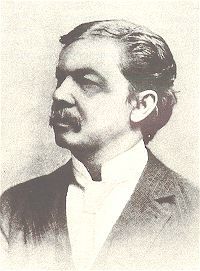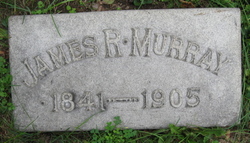How I Created Exquisite Christmas Music Collections
When starting a new business venture, first things first: write the business plan! And so it was on January 8, 1989 that I began the task in earnest. My objective was clear: offer customers exquisite alternatives to Reader’s Digest and Time-Life Christmas music collections.
These Christmas music collections would include not only classic recordings of Christmas carols, music, and holiday songs, but they would also come with lavishly illustrated books about the fascinating stories behind the carols and music.
The question was what should I call these grand collections? After scribbling down a number of variations, I settled upon "A Christmas Festival of Great Music, Songs, and Carols" as the working title. My business plan’s mission statement read: To form a Sub-chapter S Corporation for the purpose of launching A Christmas Festival of Great Music, Songs, and Carols; a combination Christmas book/audio package, and to make it the best-selling product in its niche market that will produce significant profit margins. I envisioned these ne plus ultra collections were going to sell like hotcakes! Revenues were anticipated to run into the millions and the collections would be sold throughout the Christian world; especially in North America and Europe.
With a blueprint of action in hand, the plan to launching eleven distinct collections. The initial focus was to develop a deluxe collection that would be comprised of one hundred and eighty-five titles. After its projected launch into the Christmas music market, ten smaller collections including material from the deluxe model were to follow. But there was a problem with this business model, and it would rear its head in the future.
In the meantime, the agenda called for doing the requisite research on the origins and stories of Christmas music. It was done the old fashion way with pen, pencil, and paper, and typewriter before I conceded to the modern need for a computer. And it was during this phase of eleven years when the Music Department staff of the Free Library of Philadelphia found a frequent visitor parked in their midst.
SPECIAL PERSON OF THE DAY – James Ramsey Murray (March 7, 1841 – March 10, 1905)
James Ramsey Murray was the likely composer of the more familiar music for the Christmas carol Away in a Manger. The tender lullaby was once thought to have been composed by Martin Luther (1483-1546), the great German religious reformer, and it was often referred to as Luther’s Cradle Hymn. However, by the 1940s it was proven conclusively that the music had actually been composed by James Ramsey Murray, supposedly the same person who perpetrated the myth of Luther’s Cradle Hymn. Murray, who might also have used the pseudonym of Mueller, a name totally untraceable yet found in association with “Away in a Manger” in many hymnals. Ramsey may have y allowed his fanciful imagination to get the better of him, certainly not the first time that someone got enthusiastic about the Christmas experience, and his lullaby was included in an 1887 Cincinnati collection called Dainty Songs for Lads and Lasses.
Born in Andover, Massachusetts, Murray studied at the Musical Institute in North Reading of his home state, along with Lowell Mason, a composer noted for his association with the carol Joy to the World. During the Civil War Murray served as an army musician, and after the war he worked in Chicago for the Root and Cady publishing house as editor of the Song Messenger. He remained with that company until the Great Chicago Fire of 1871, after which he returned to Andover to teach music in the public schools. It was also in Chicago where Charles H. Gabriel, the music director of Grace Methodist Episcopal Church, discovered another version of Away in a Manger in 1892. Eventually Murray moved to Cincinnati where he was editor of music books, including the Musical Visitor, published by the John Church Company. It was while there he came upon Away in a Manger, which was probably composed in the mid-19th century and passed down orally through the years.
Today Murray rests in peace in Section 71, Lot 207 at Spring Grove Cemetery in Cincinnati


